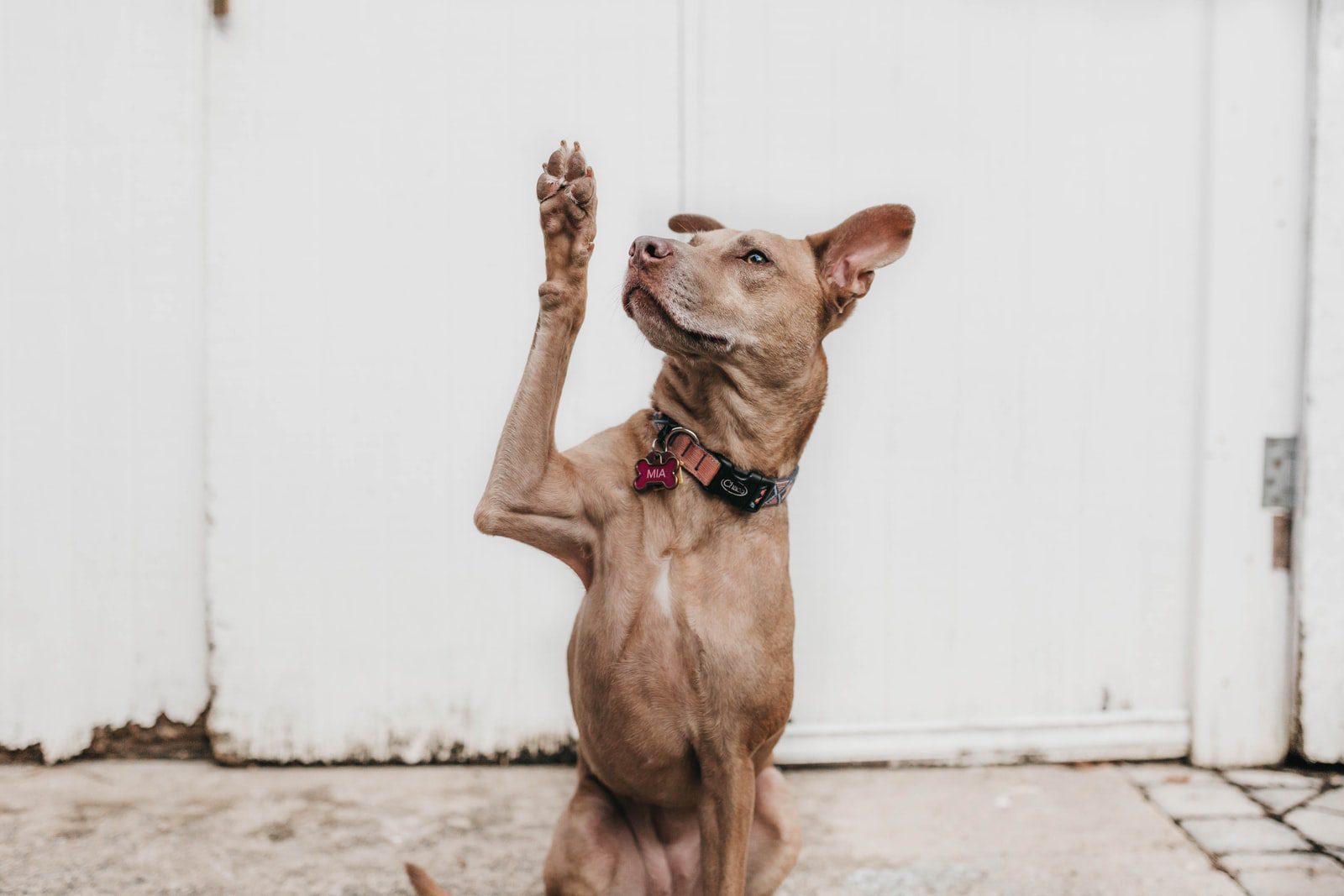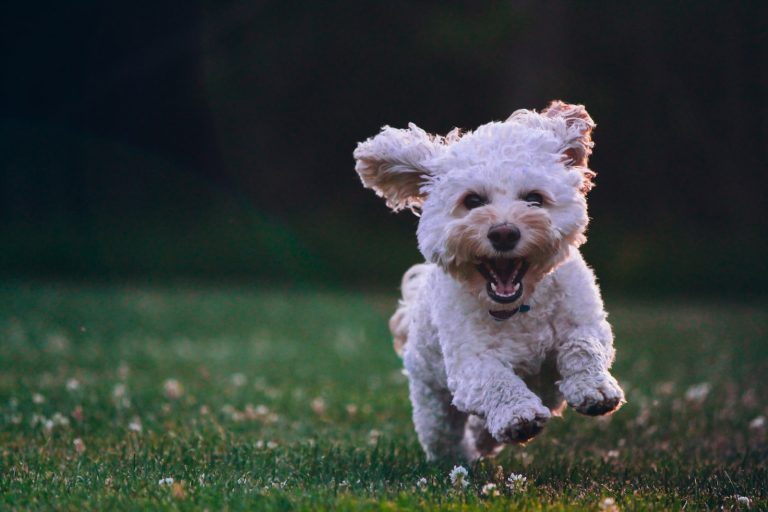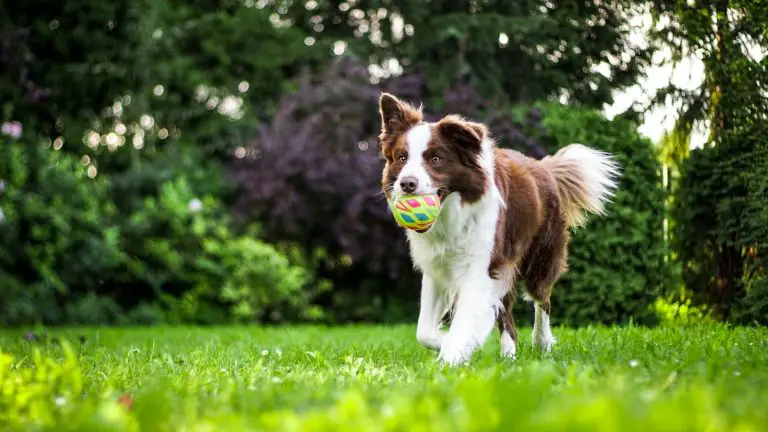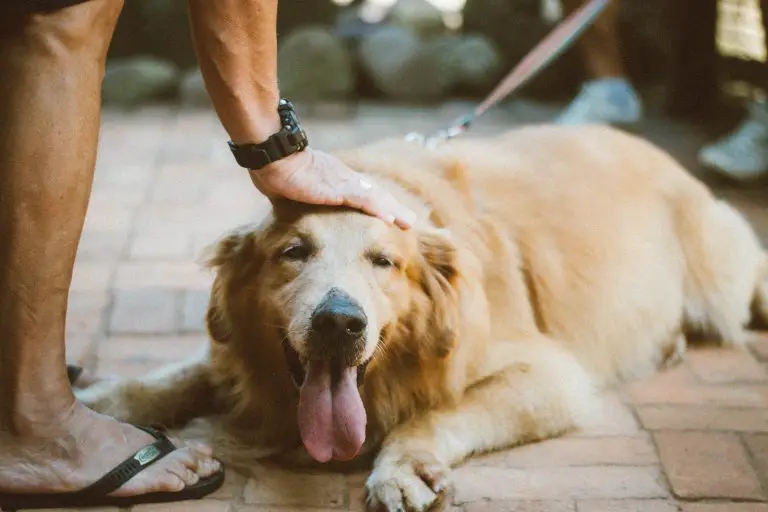Have you ever looked into your dog’s eyes and wondered what he might be saying if he could talk? Or, have you ever been confused about the way your dog acts in certain situations?
Sometimes, canine behavior is confusing, especially since we usually try to apply human logic to the feelings and actions of our four legged companions.
Dogs are social animals. They form a pack with other dogs in nature, and even in our homes, they feel most comfortable as part of a pack (whether it is with other dogs or people in the house). Despite being social animals, dogs cannot talk to each other like we can. So they have to rely on posture to communicate with one another, and with us.
Postures in Dogs
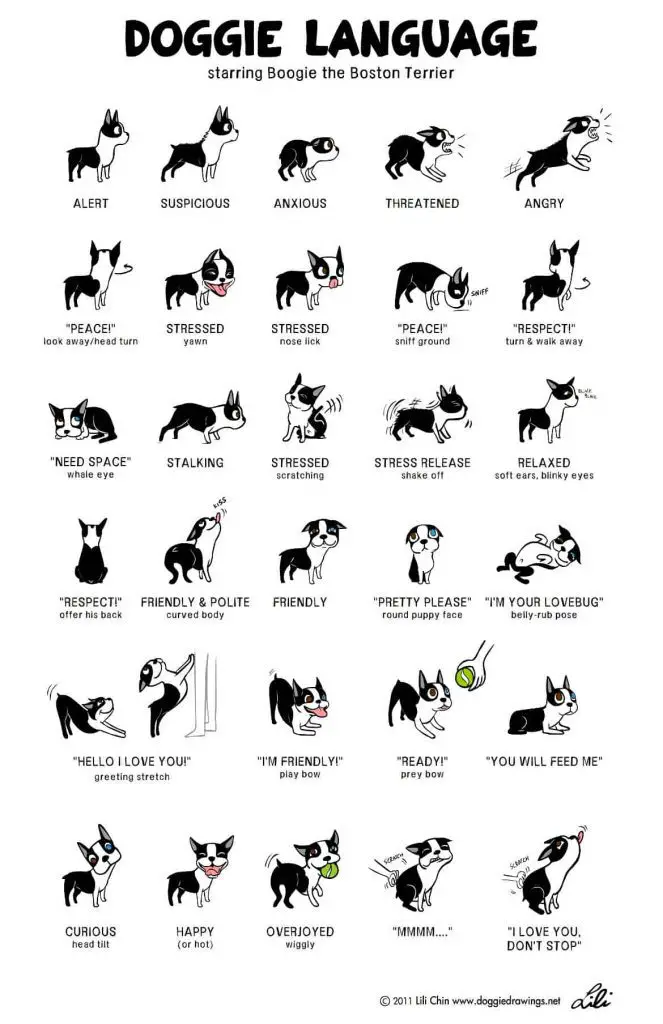
Happy, relaxed
Remember how your dog appears when you have just come home after being away for the day? Well, not right as you come in the door, as he may be really bouncy, but after he calms down? This is the posture of a happy, relaxed dog and you can see this in every part of his body:
- His eyes are relaxed, not too wide and not narrow.
- His ears are relaxed, not completely forward but not pinned to his head.
- He is standing with his weight evenly on all 4 legs.
- His tail is neutral (not straight up and not between his legs) and may be in a gentle wag.
Alternately, if he is still excited about your homecoming, he may be forcefully wagging it from side to side, but the position will still be neutral. He is a happy dog that is inviting interaction.
Fearful
Think about a time when your dog was afraid. Maybe it was during a loud storm, or at a veterinary clinic. What was she like during that time? A fearful dog will have:
- Head down with eyes darting back and forth
- Ears flat against her head
- Her tail tucked between her legs
- She will be as low as possible to the ground
If she is displaying many of these postures, she is likely terrified. Removal from the situation or comfort may be needed.
Submissive
This posture can look a lot like fear but with some important differences. A submissive dog may
- Avert his eyes completely, and may lick you, or just work his tongue in and out.
- Putting one paw up in the air, and rolling over on his back are also signs of submission.
- His eyes may be narrowed and his ears will likely be flat on his head.
- His tail may be tucked, or possibly in a rapid, small wag close to his legs.
- He may urinate involuntarily.
If you are trying to accomplish something, like trim nails or brush hair or teeth, finish what you need to do for his well-being and then reward him for cooperating.
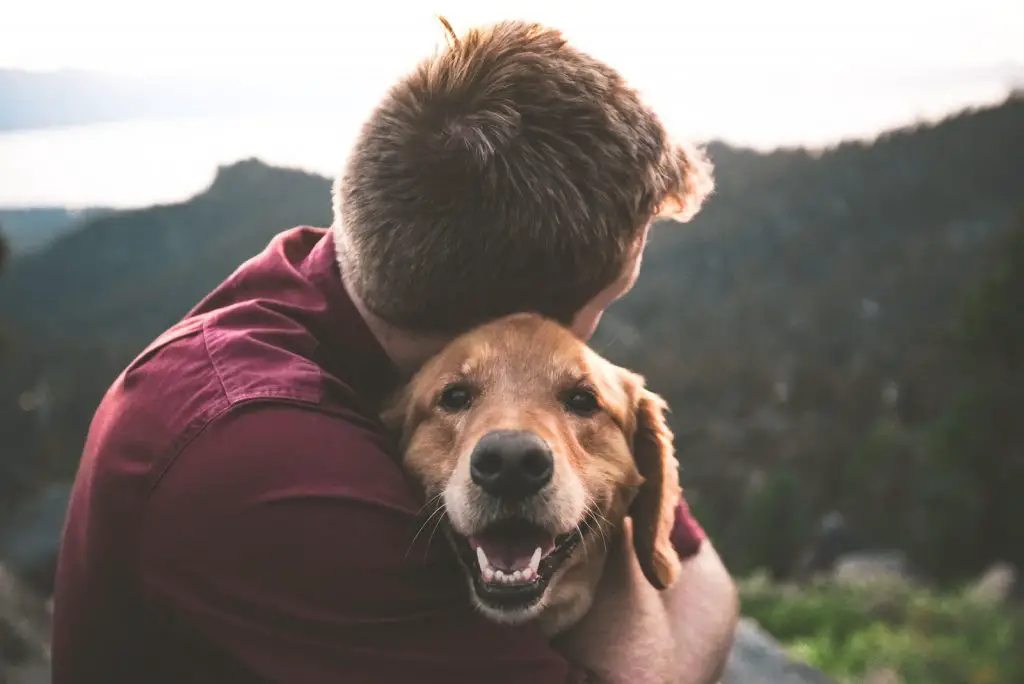
Aggressive
If you are not careful, some of the signs of aggression can be mistaken for friendliness. An aggressive dog:
- Maintains eye contact with eyes wide open, and has erect ears
- Stands with weight shifted in front (ready to lunge) and may have hair standing up on her back
- Tail will be up and possibly wagging. This type of wag can be mistaken for friendly, but if the tail is straight up, this is not a friendly gesture.
Extreme care must be taken around a dog like this, as if this escalates, she will lunge and bite. If you are seeing this behavior in your dog, I recommend engaging a trainer to prevent human and canine injury.
Painful
Pain can manifest as fearful or even somewhat submissive behavior. If your dog is painful, he may
- Avoid interaction
- Try to get under furniture, or not move around when expected
- Stand with his tail tucked, head down and back hunched
- Avoid eye contact completely, or only glance occasionally at you
- His ears will likely be flat against his head.
If you see these behaviors and they do not resolve in a couple of hours, I recommend veterinary evaluation.
Learning to assess your dog’s behavior is critical to understanding what she is trying to communicate. If you can accurately identify your dog’s feelings, you may be able to redirect her prior to the escalation of negative behavior. And, if she is painful, you can get help for her quickly and restore her happy, relaxed, wagging tail!

